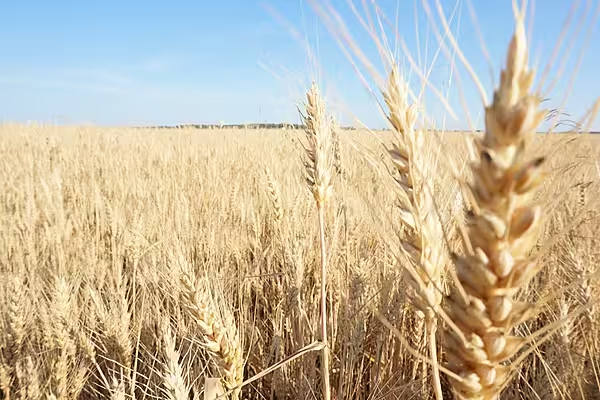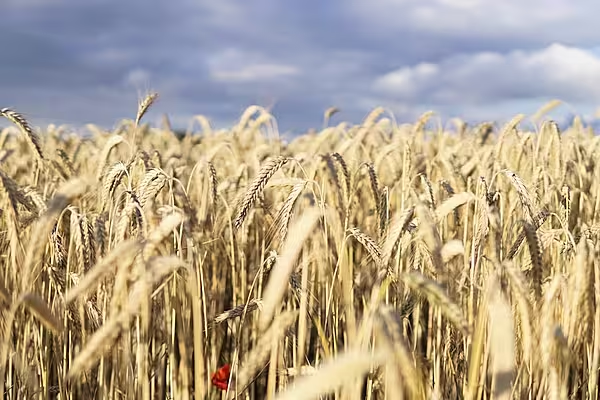India is rolling out measures to help the country become a major exporter of high-quality wheat as importers scramble for supplies after Russia's invasion of Ukraine, two government sources said.
Steps to be implemented over about two weeks include ensuring government-approved laboratories test the quality of wheat for export, making extra rail wagons available for transport and working with port authorities to give priority to wheat exports, the sources said.
India, the world's biggest wheat producer after China, has been pursuing deals to export wheat and take advantage of surplus stocks at home and a sharp rise in global prices.
It sees the disruption caused by the conflict involving Russia, the world's largest wheat exporter and Ukraine, another leading supplier, as an opportunity to sell its wheat on the world market.
Surplus Wheat Stocks
Despite surplus wheat stocks, logistical bottlenecks and quality concerns have previously stymied India's efforts to sell large volumes on the world market.
Exports picked up last year to reach 6.12 million tonnes of wheat from 1.12 million tonnes a year earlier.
The government sources told Reuters the new measures could result in the export of 10 million tonnes of wheat after the new season harvest begins this month.
They said the changes follow extensive consultations with ministries, state governments, port and railway authorities, export promotion bodies and big export houses.
Prime Minister Narendra Modi's administration is keen to help farmers and traders export higher-quality grain to show global buyers that India can provide a steady supply of high-protein wheat, the sources said, asking not to be named as they are not authorised to talk to the media.
Read More: World 'Faces Food Crisis' Due To Ukraine War, Russian Billionaire Says
Quality Test
Modi's administration has recruited 213 government-approved laboratories to test the quality of wheat for export and has asked the state-run Bureau of Indian Standards to monitor quality, the sources said.
They said extra warehousing capacity was being created near ports to ensure faster turnaround times for railway wagons that transport grain from major wheat-producing states.
India exports wheat primarily through two ports on the west coast but would soon be able to use other ports, especially in the east to handle wheat cargoes, the sources said.
A spokesman at the government's media wing did not respond to a Reuters' request for comment on the subject.
In addition to raising farmers' incomes, higher exports from India would reduce the amount the government spends on domestic wheat, which it buys to support local growers.














